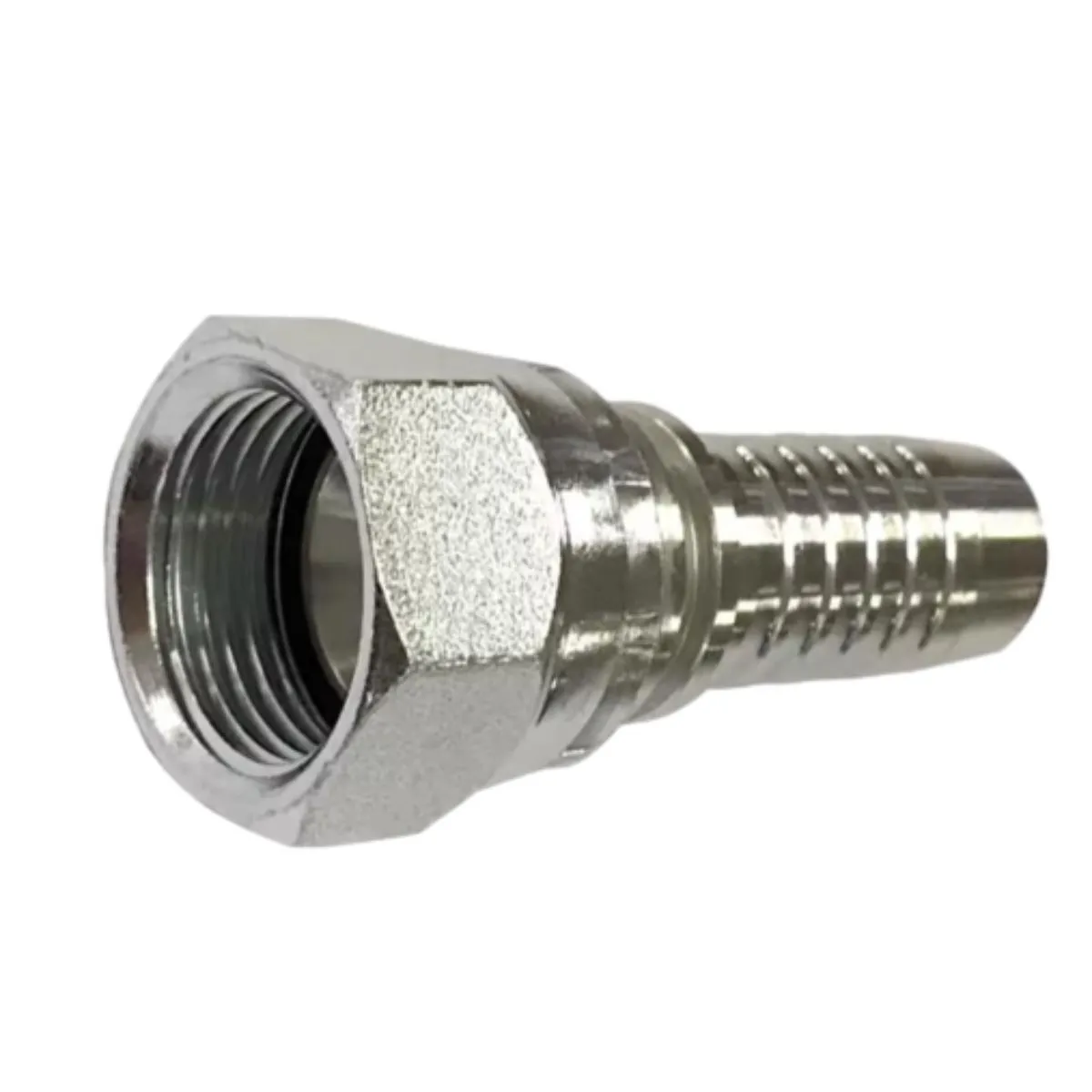Nov . 08, 2024 14:21 Back to list
Optimal Mesh Selection for Effective Plastering Techniques and Applications
Understanding Mesh for Plastering A Comprehensive Guide
When it comes to building and renovation projects, one of the key components that cannot be overlooked is the application of plaster. Plastering serves both functional and aesthetic purposes, providing a smoother finish on walls and ceilings, enhancing durability, and improving insulation. However, achieving a perfectly smooth and long-lasting plaster finish often requires the use of a critical element mesh.
What Is Mesh for Plastering?
Mesh for plastering refers to a type of reinforcement fabric that is typically made of fiberglass or metal. It is used in the process of applying plaster to various surfaces, ensuring that the plaster adheres properly and maintains its integrity over time. The mesh is designed to reinforce the plaster layer, reduce cracking, and improve overall stability when applied to walls and ceilings.
Types of Mesh Used in Plastering
1. Fiberglass Mesh This is the most common type of mesh used in plastering applications. It is lightweight, resistant to moisture, and has excellent adhesion properties. Fiberglass mesh is particularly useful in areas that are prone to cracking, such as corners and joints.
2. Metal Lath Made from galvanized steel or stainless steel, metal lath is used primarily in heavy-duty applications. It provides significant structural support and is often employed in exterior applications for stucco plastering. Metal lath is more durable than fiberglass mesh but can be more challenging to work with due to its rigidity.
3. Plastic Mesh This type of mesh is less common but used in specific situations. Plastic mesh is often employed for lightweight plaster applications or in areas where moisture might not be a significant concern. It is easier to handle than metal lath but lacks the strength required for certain structural applications.
Benefits of Using Mesh in Plastering
- Crack Prevention One of the primary functions of mesh in plastering is to prevent cracks from forming in the plaster. The mesh acts as a reinforcement grid, distributing stress and movement throughout the plaster layer. - Enhanced Adhesion Mesh increases the surface area for the plaster to grip, preventing it from peeling or flaking over time. This is especially important when plastering over difficult surfaces or joints. - Strength and Durability Using mesh helps to enhance the strength of the plaster, making it more resistant to impacts and environmental factors. This is crucial for exterior plaster applications, where the plaster is exposed to wind, rain, and temperature fluctuations.
mesh for plastering

- Smooth Finish Mesh can contribute to a smoother final appearance of the plastered surface
. By ensuring an even application, it helps create a more professional look.Installation Techniques
Installing mesh for plastering requires attention to detail for optimal results. Here are some essential steps
1. Surface Preparation Ensure that the surface is clean, dry, and free of loose material. Proper preparation is critical for the mesh to adhere correctly.
2. Cutting the Mesh Cut the mesh to the required dimensions, leaving some overlap at the edges to ensure a seamless application.
3. Securing the Mesh Attach the mesh using staples, screws, or adhesive, depending on the type of mesh and surface being plastered. Ensure that the mesh lies flat against the surface without wrinkles or gaps.
4. Applying Plaster Once the mesh is secured, a scratch coat is applied first to provide a binding layer. After it dries, the final plaster coat can be applied over the mesh.
Conclusion
In summary, mesh for plastering is an essential material that enhances the performance and longevity of plaster applications. By understanding the different types of mesh available and their respective benefits, builders and DIY enthusiasts can ensure that their plastering projects yield a durable and aesthetically pleasing finish. Whether using fiberglass, metal lath, or plastic mesh, the key lies in proper installation and adherence to best practices. With the right approach, plastering can be a rewarding process that transforms any space.
-
The Role of Field Wire Fence in Grassland Conservation
NewsJul.15,2025
-
Stainless Steel Razor Wire Durability in Coastal Environments
NewsJul.15,2025
-
Enhancing Home Security with Mesh Fences
NewsJul.15,2025
-
Diamond Mesh Wire for Small Animal Enclosures
NewsJul.15,2025
-
Common Wire Nail Tensile Strength Testing for Woodworking
NewsJul.15,2025
-
Barbed Wire Corrosion Resistance Galvanization Techniques
NewsJul.15,2025









